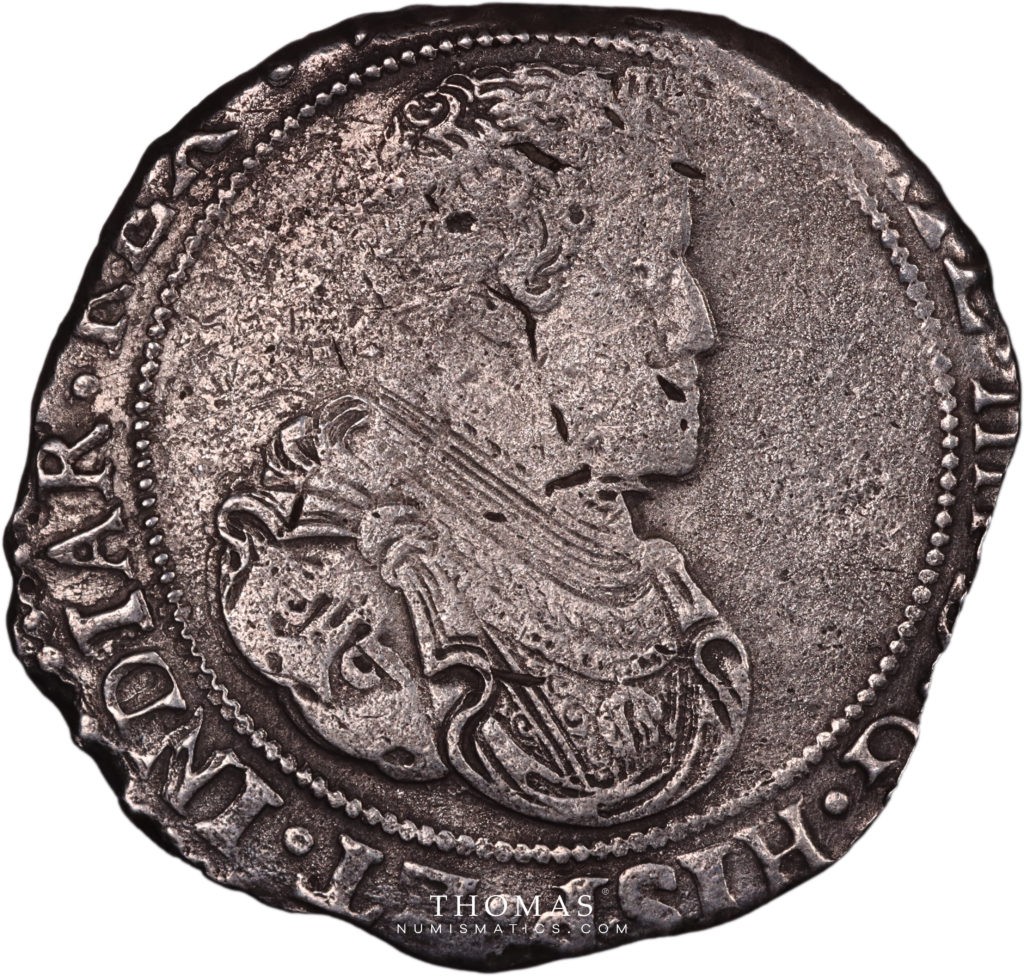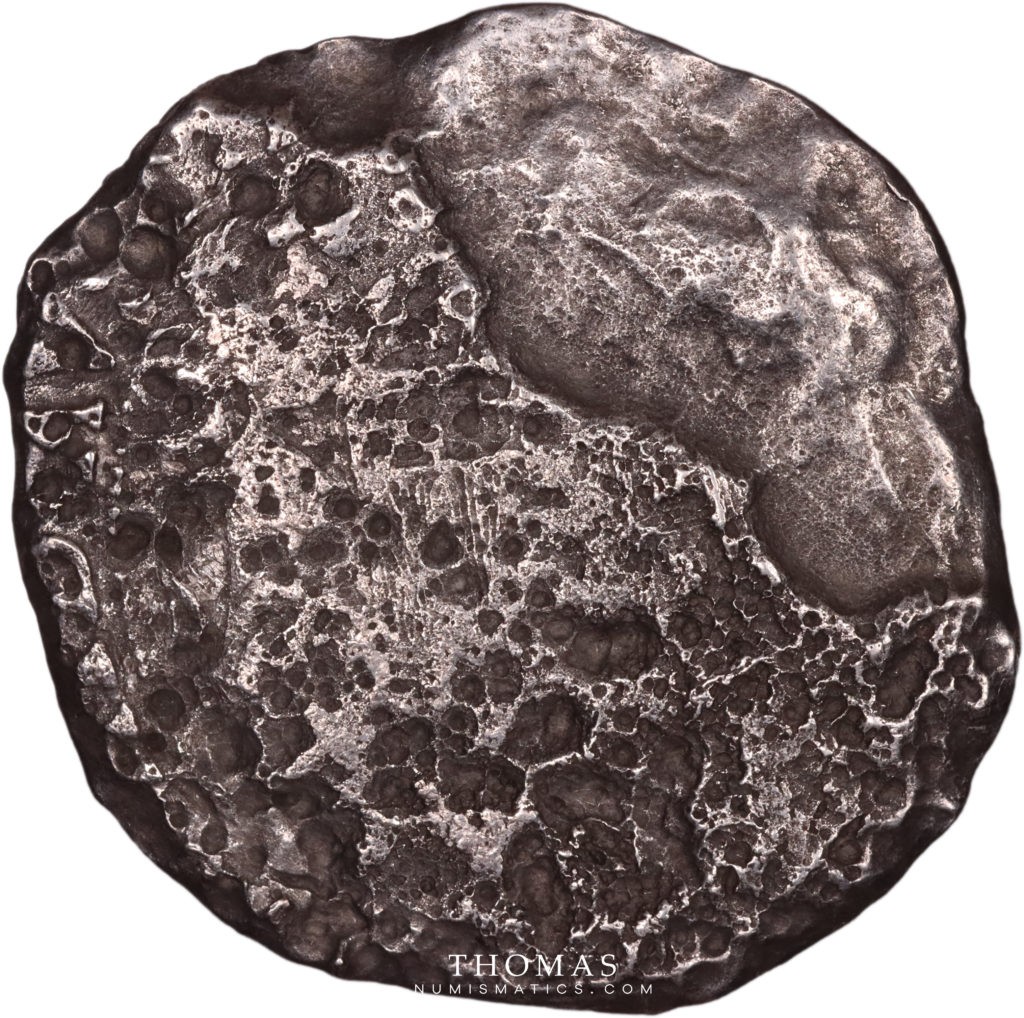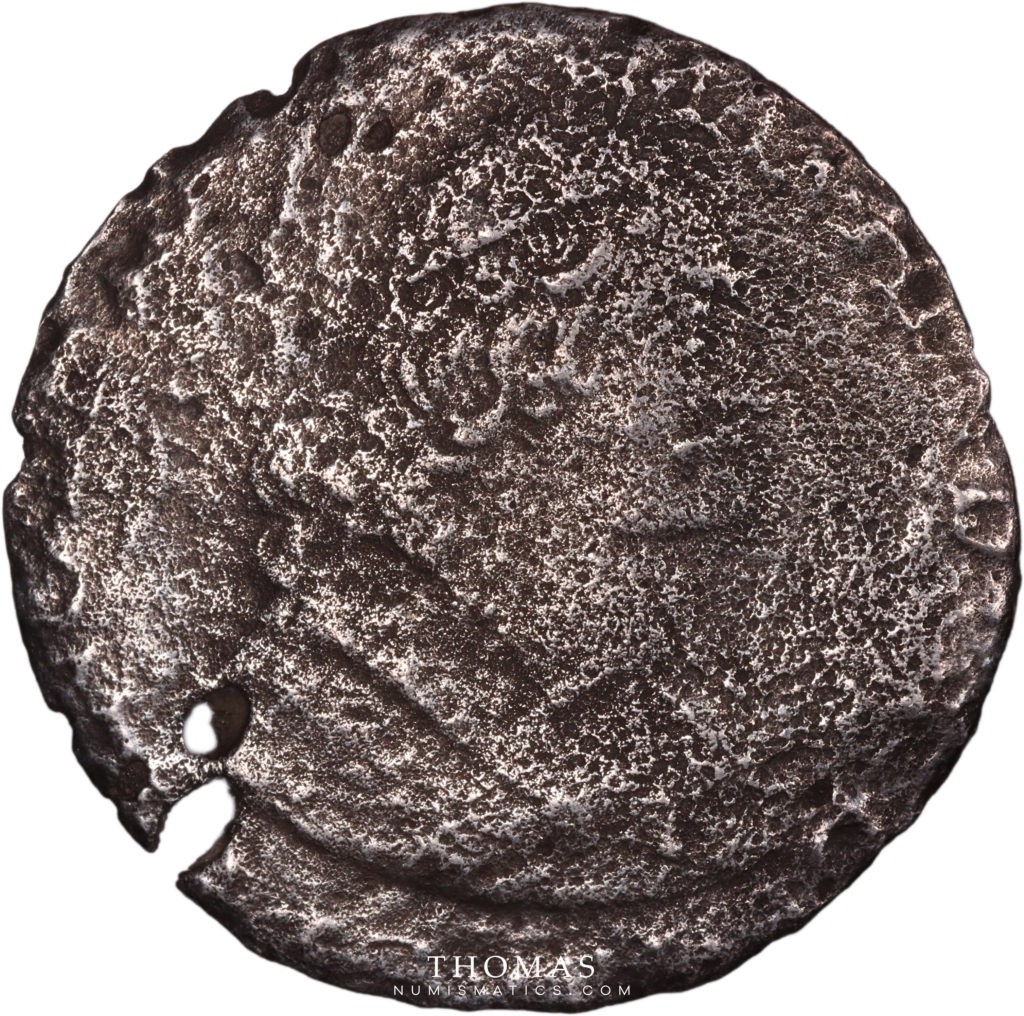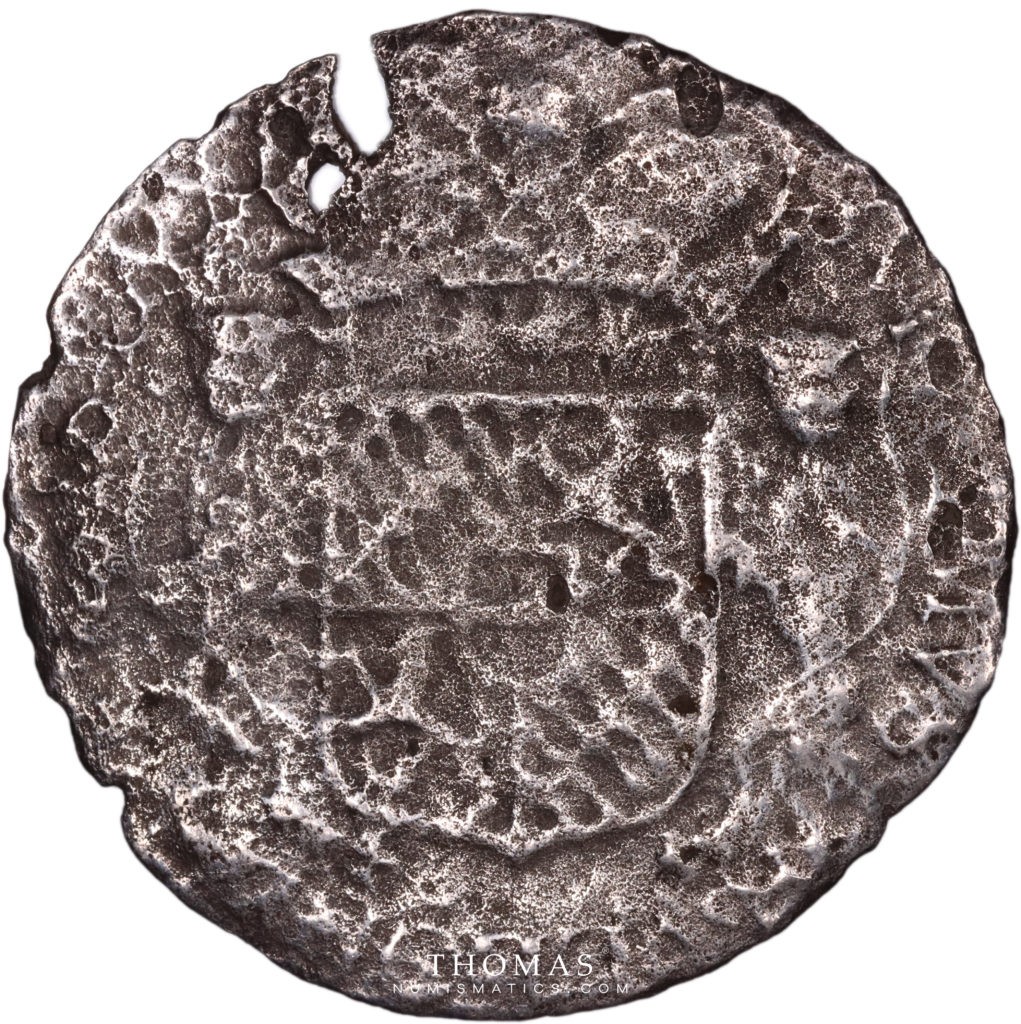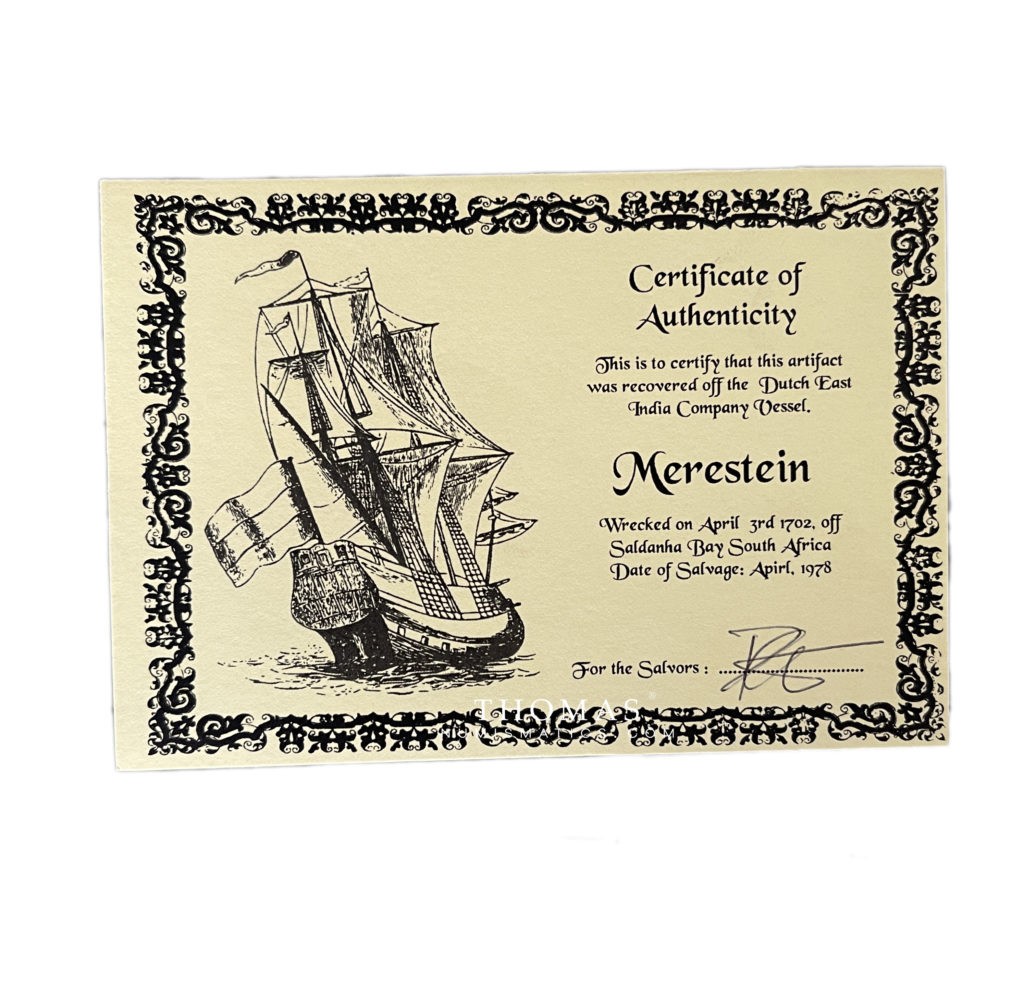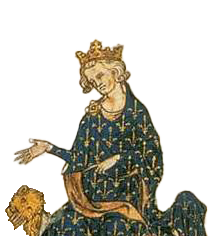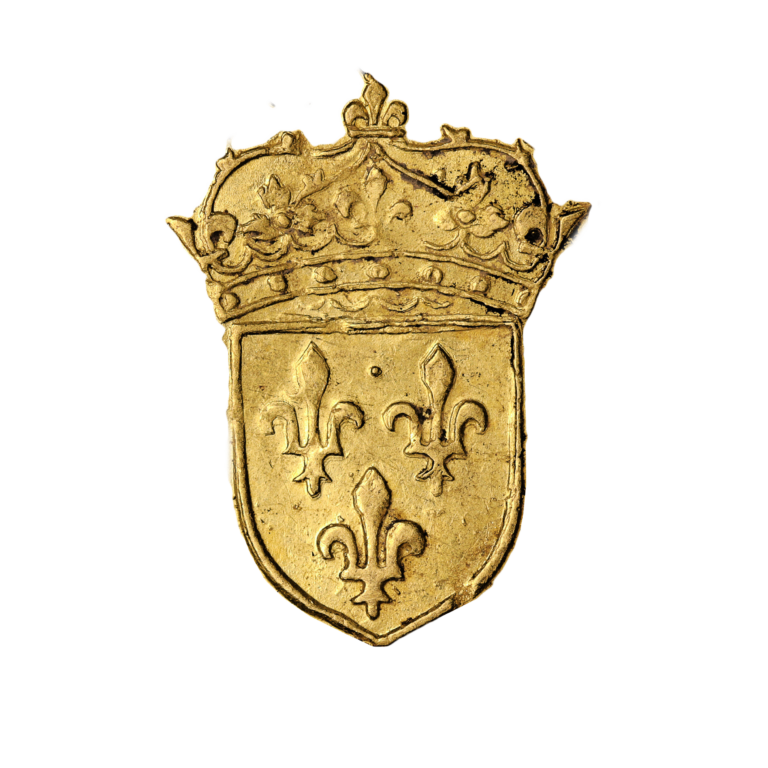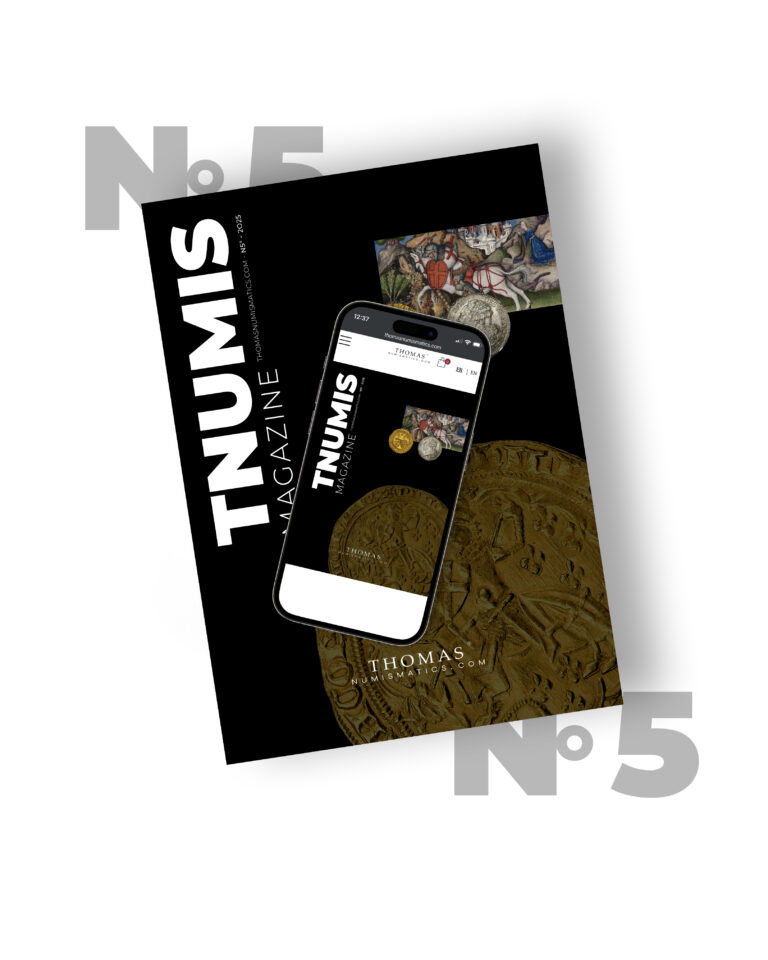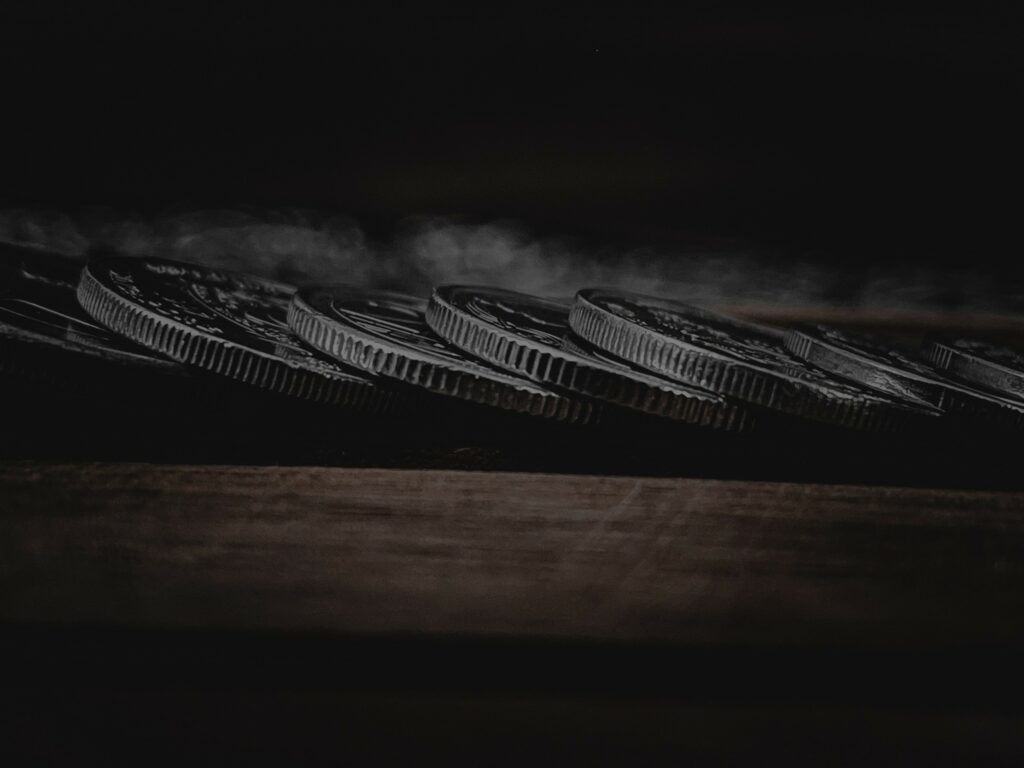
Discover all the news and articles from TNUMIS Magazine exclusively
The old Dutch coins of the Merestein shipwreck
The Dutch sailing ship Merestein was on its way to the Dutch Indies in April 1702. The crew decided to dock in a hurry on the island of Jutten to get supplies. An accident was inevitable. The ship sank in Saldanha Bay, off the coast of South Africa, killing 101 people. The Merestein took with it a cargo of old Dutch coins to the bottom of the sea, prized today by numismatists.
The cargo of the Merestein
The Merestein was built in 1693 in the Amsterdam shipyard for the Dutch East India Company. It made its maiden trip to the Indies in 1694 and 1695.
On October 4, 1701, it left the Dutch island Texel for the last time. Under the command of Captain Jan Subbing, the crew’s mission was to convoy a cargo of silver coins to Batavia, the capital of the Dutch East Indies and present-day Jakarta.
The cargo contained chests full of silver coins. These Dutch coins, withdrawn from circulation in the 1680s, were intended for trade in the East Indies. They were to be used again in the Indonesian islands of Java and Borneo, then Dutch colonies. The money was also to be used to pay the Cape troops on the way.
The sinking of the Merestein
Six months after the departure, after a long trip, many passengers were affected by scurvy. On April 3, 1702, the crew decided to enter Saldanha Bay, 140 km from Cape Town, to stock up on fresh water and food. The maneuver was delicate in order to take the southern channel, difficult and narrow. The winds and violent currents were dragging the Merestein along. The captain had no control and the ship hit the reefs at the southwestern tip of the island of Jutten. The ship broke into pieces. 101 passengers perished in the accident, the 99 others managed to reach the rocks and pull themselves up onto the shore, some surviving on pieces of floating wood until the next morning.
A rescue plan was immediately undertaken with a local boat to find survivors and bring back goods and treasure from Merestein. Once on the spot, the sailors had no doubt, the area was difficult to access and the dive too risky. The waves are breaking the coast, it is too dangerous to venture there.
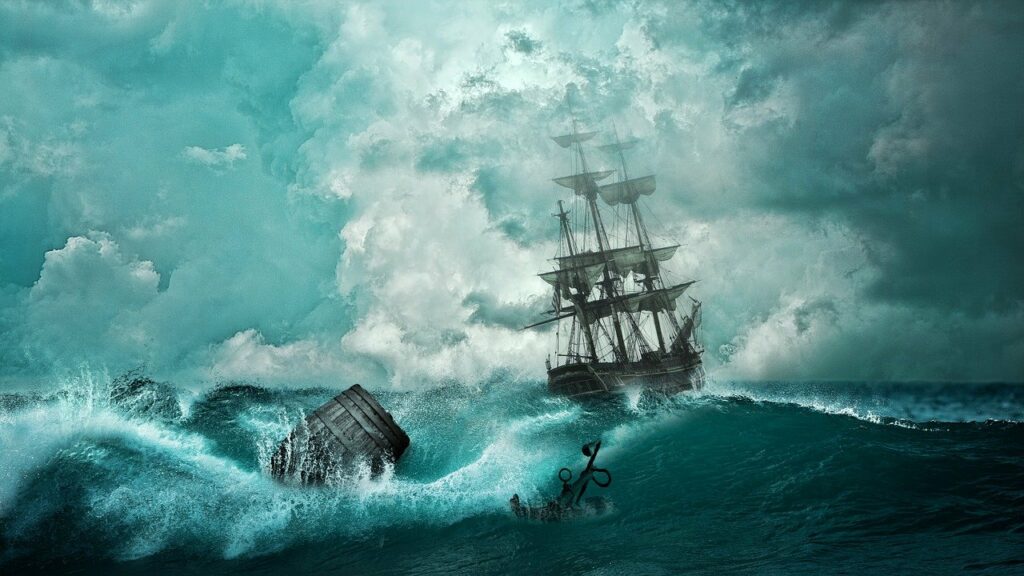
The rescue of the Merestein treasure
A few years later, the Dutch East India Company still hoped to recover the buried treasure. They commissioned the English explorer John Lethbridge to go down into the sea. The inventor of one of the first underwater diving machines of the modern era returned empty-handed. The sea was too rough.
The legend of the Merenstein treasure and the ducatons of the Netherlands lived on for all these years.
It was only 300 years later, in the 1970s, that new explorations were carried out to find the treasure. In March 1971, a diver from Cape Town and history enthusiast, Bobby Hayward, arrived on the island. With the technique and the equipment of the 70s, it is now possible to resume the adventure during a calm day.
The wreck site on the southwest side of the island was a very swell-prone area and the boat had been completely scattered. The rescue team searched every gully and crevice until they found a conglomerate of lime, iron and glass. They broke it up and released some of the old Dutch silver coins. They had been locked up for a few hundred years.
Other local divers took advantage of the permit granted. Godfrey Chowles, who lived on the spot, took advantage of his expeditions and recovered hundreds of coins from the 17th century. He would have paid for his house in cash, only with silver coins from the Merestein treasure.
The old coins of the Netherlands
Mostly ducatoons, those 17th century’s silver coins worth half a ducat, have been brought to the surface. Silver riders and Dutch shillings from the 16th century also make up the collection. It is estimated that approximately 15,000 coins were recovered.
These old Dutch coins are hand-stamped and appreciated by numismatists for their history. The coins that are in a very good state of preservation are those that were enclosed in the hoard and thus protected from the salt attack. The coins not enclosed are, on the other hand, very corroded.
It is estimated that the main wealth of the Merestein has been recovered (about 15,000 coins), but the lack of reports on the excavation activities and the limited archaeological data do not allow us to state this with certainty. The wreck is located in the port area of Saldanha Bay and diving is allowed with the agreement of the port captain.
